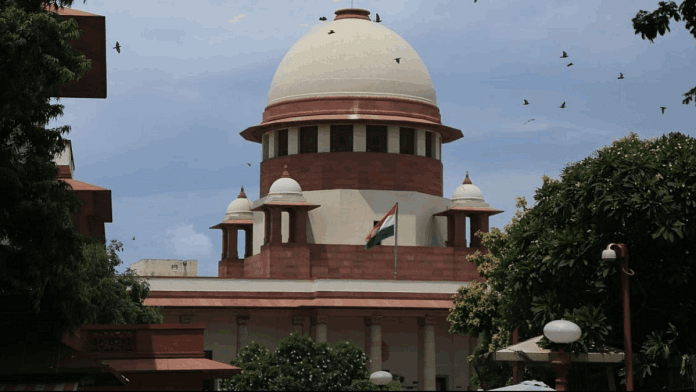Thank you dear subscribers, we are overwhelmed with your response.
The recent clash between executive and judiciary has put the focus back on the collegium system for judge’s appointment in India, this is not a new conflict and it comes up every few years with the executive wanting to have more control over judges appointment and supreme court vetoing it every time. This clash will keep on repeating till we can make improvement in appointment of judges as the current system of judges appointing judges is seriously flawed. While it may appear to be an ideal example of the separation of powers on paper, in practice, it is a non-transparent system that does not inform its citizens about the processes and mechanisms in place for appointing or transferring judges.
The entire collegium system was created by the Supreme Court after giving judgements on three separate cases which are collectively known as the “Three Judges Cases”. Through the three judgements the Supreme Court determined that the consultation between President and senior judges for appointment of judges in Supreme Court and High Court as mentioned in Article 142 of the Indian constitution doesn’t mean consentaneity, it further elaborated in the first judges case that the authority is vested with one individual namely “The President” whose choice may or may not be correct and he/she may be influenced by extraneous and irrelevant considerations. I disagree with the above argument that power is vested in one individual for appointment of judges because Article 53 states that all presidential powers are exercised by the Prime Minister heading the council of ministers. The consultation between President and senior judges in other words is consultation between senior judges and the executive cabinet headed by the Prime Minister, here I could see conflict between judiciary and executive escalating when there are differing opinions on whom to appoint or not appoint. The Collegium system emerged during a period when the political landscape was characterized by coalition compulsions, and it served as a beacon of hope for the nation. However, like any system, it is also in need of improvements. Through the current process the judiciary was able to decide many key things without pressure or influence from the executive namely decriminalizing same-sex relationship, data privacy and bringing themselves under Right to Information act. It also passed judgements where it disqualified convicted criminals with minimum two year sentences, this was a significant judgement as no government either at the union or at the state was bringing in legislation to deal with elected members with convictions. Due to the above mentioned benefits it is important to have an independent judiciary which can take decisions without fear from other branches of the government however it also led to nepotism and creation of a system which isn’t answerable to the public. The Supreme Court has evident Nepotism, with Yeshwant V. Chandrachud, H. J. Kania and Ranganath Misra were three chief justices whose children and nephews, namely Madhukar Hiralal Kania, Dipak Misra, & Dhananjaya Y. Chandrachud later became chief justices themselves. In the United States, not only have none of the children of Chief Justices become future Chief Justices, but also none of the children of Supreme Court judges have ever become Associate Judges of the Supreme Court.
To avoid future conflict between executive and judiciary, the two branches of government can come to what I call a Rajya Sabha compromise. Here senior judges of the Supreme Court nominate the judges and they need the consent of the Rajya Sabha by simple majority for confirmation to the court, this is somewhat similar to the process in the United States of America where the president nominates Supreme Court justices and they are confirmed by the Senate. This represents an improvement over the American system, where, when the executive and Senate are controlled by different political parties, Supreme Court nominations can be held up, as was the case with Merrick Garland in 2016. This system can also lead to the appointment of judges with certain ideological leanings due to partisan politics. The Rajya Sabha compromise has the added benefit of excluding the executive from involvement, as the power of appointment is given to the states through their MLAs, who appoint Rajya Sabha members. This new process empowers states to counterbalance the union government’s authority when it becomes excessively powerful and threatens to undermine state governments for political gain.
Additionally, union governments cannot dissolve the Rajya Sabha at will to impede the appointment of judges. Due to the separation of powers doctrine, judges do not socialize or interact with Rajya Sabha members, so the possibility of garnering support for their nominations is not an option. Although not explicitly stated in the Indian Constitution, this new process can be seen as a step towards a more perfect union, as mentioned in the preamble of the United States Constitution.

